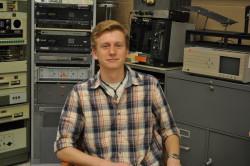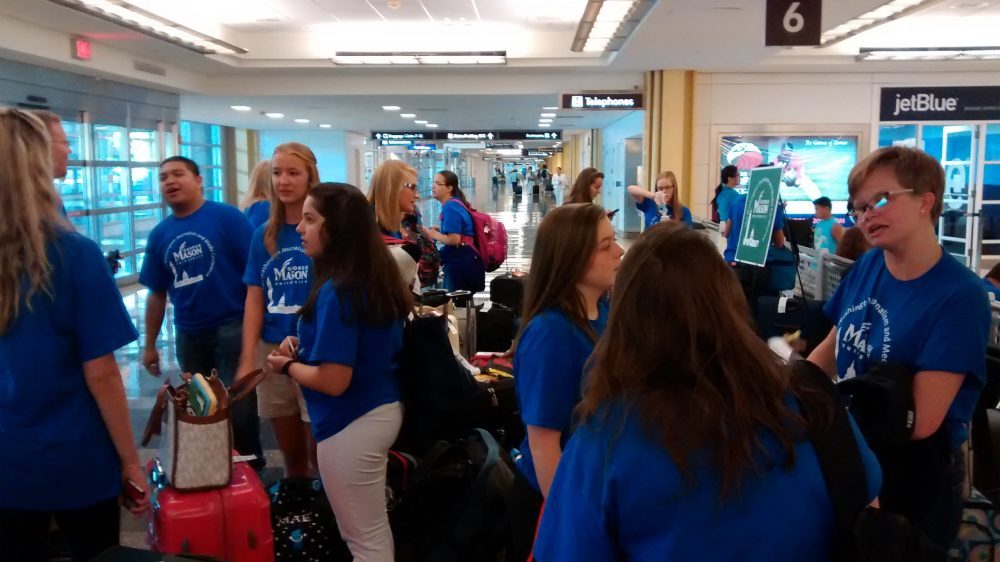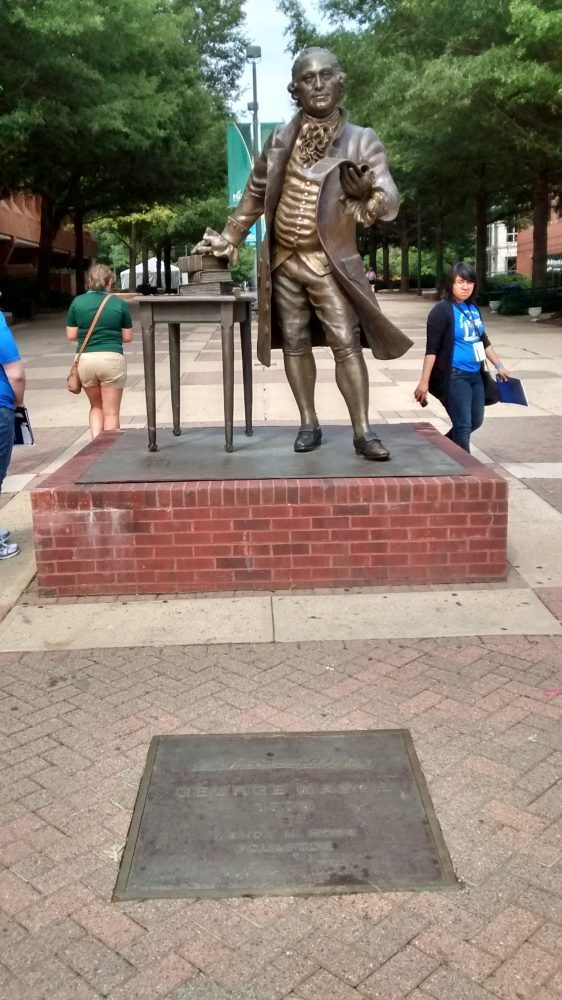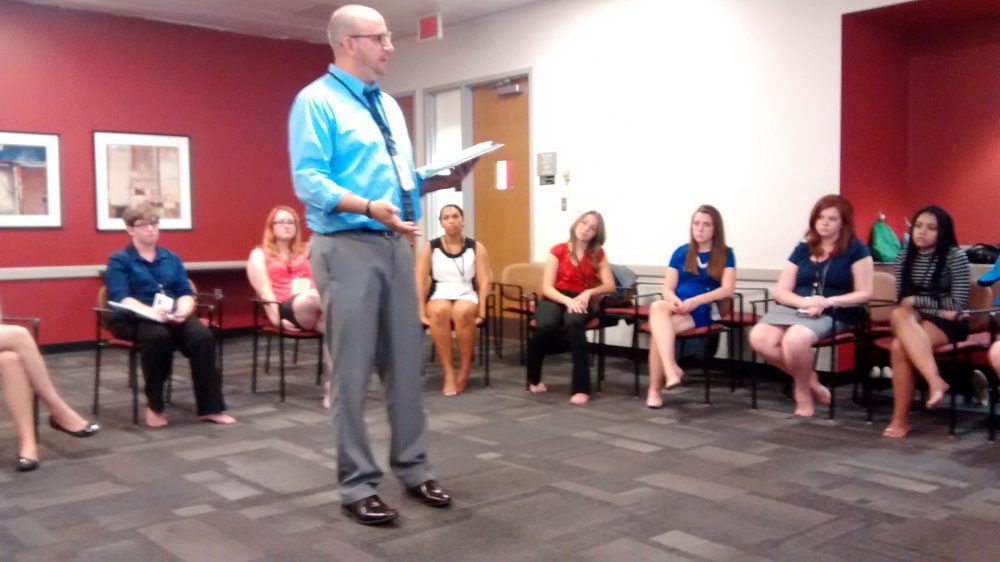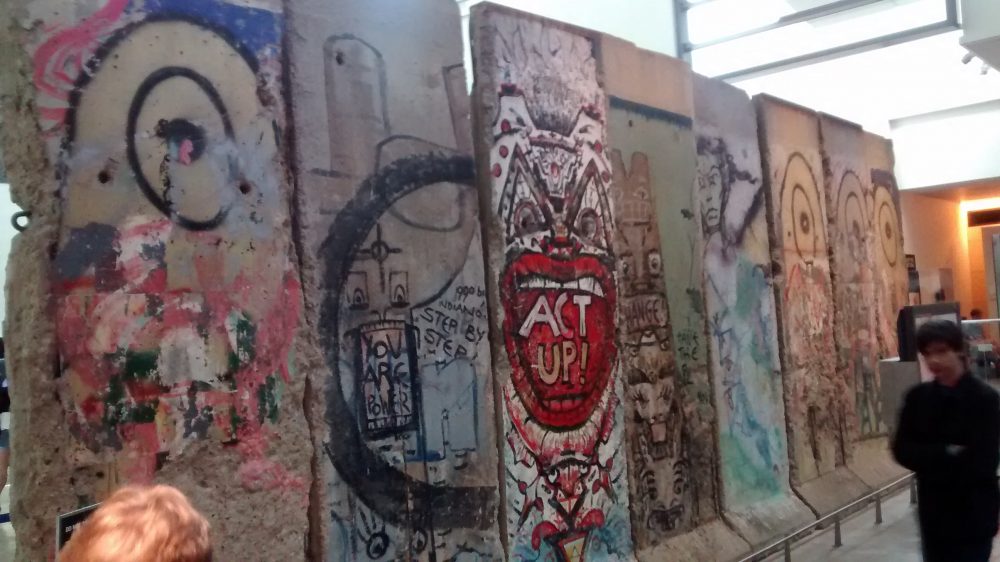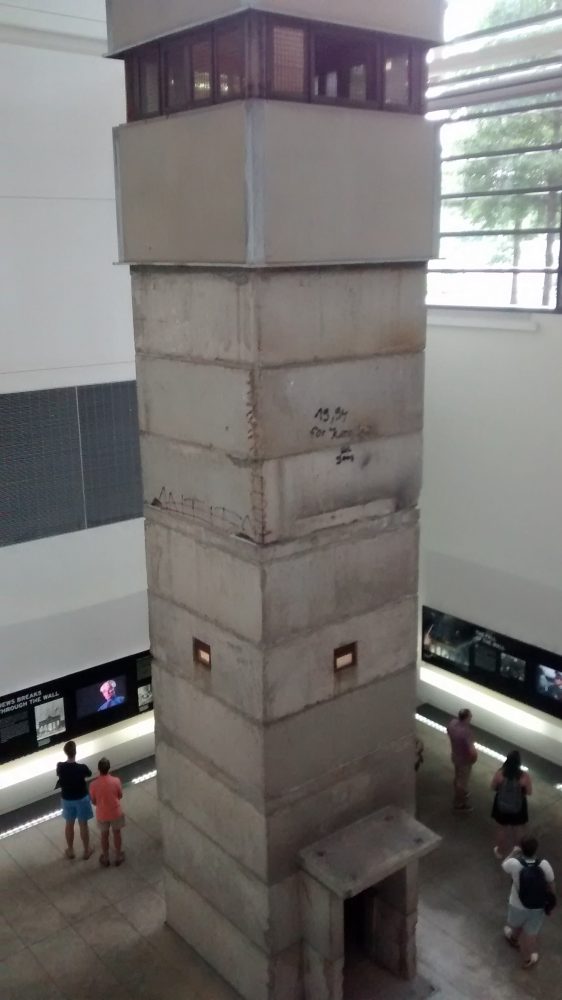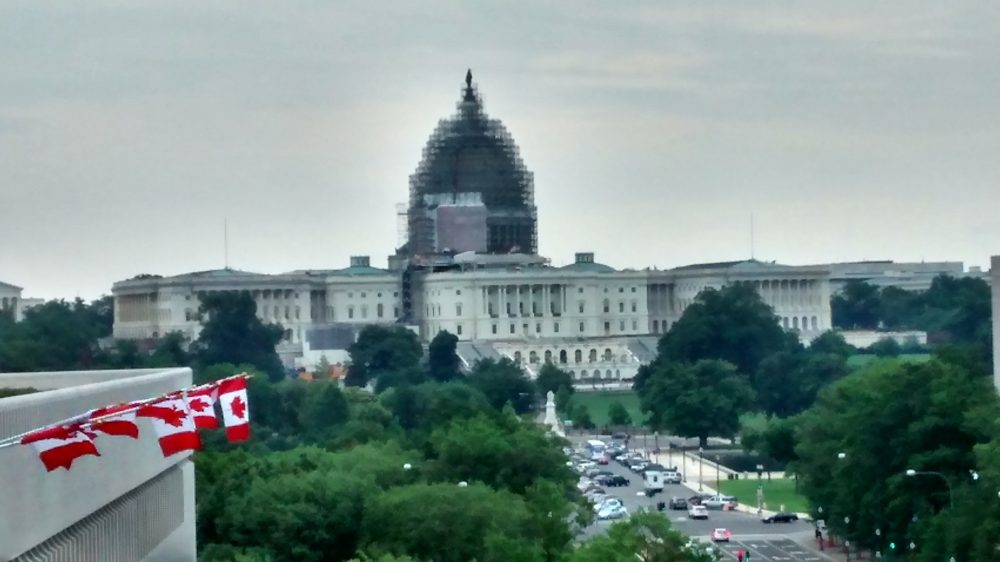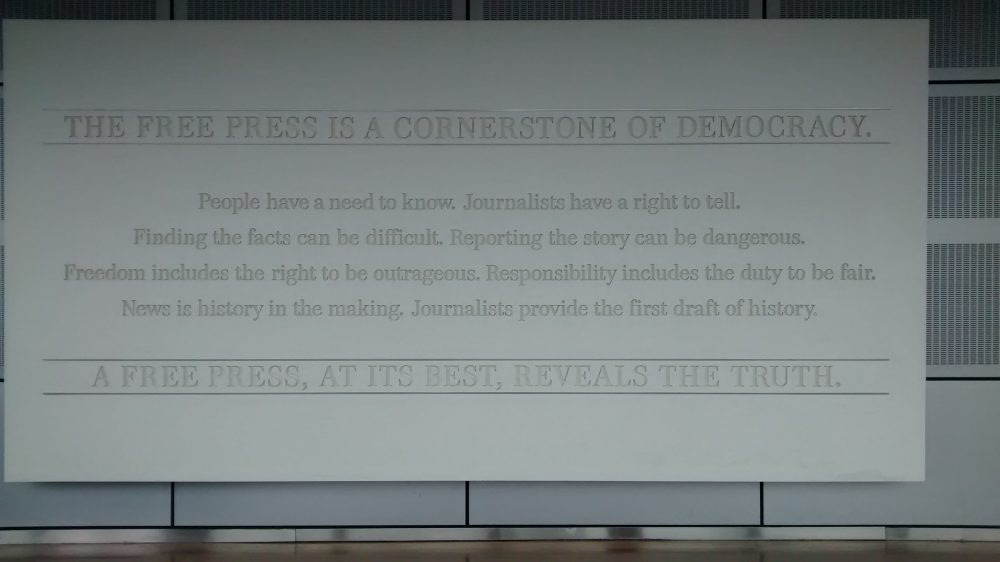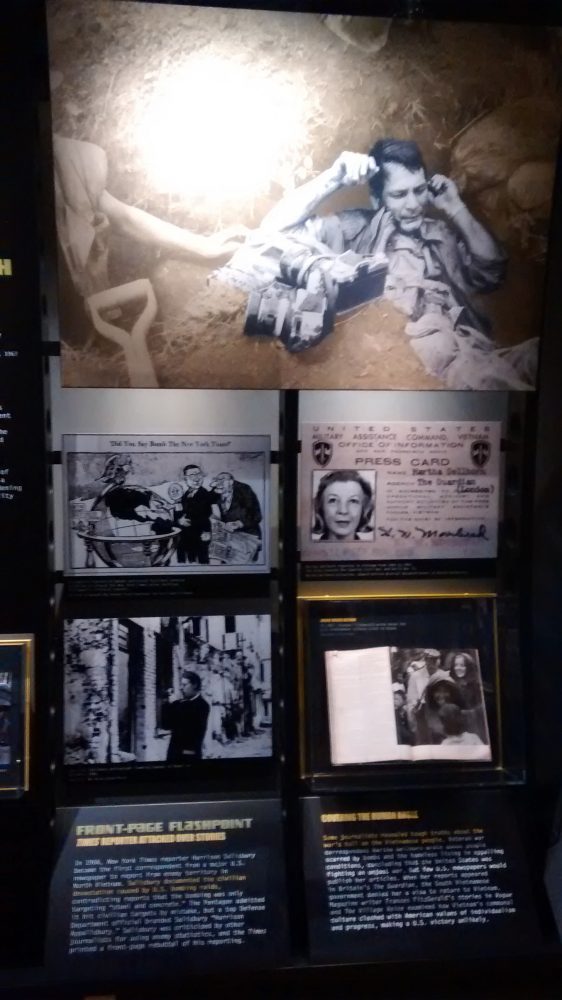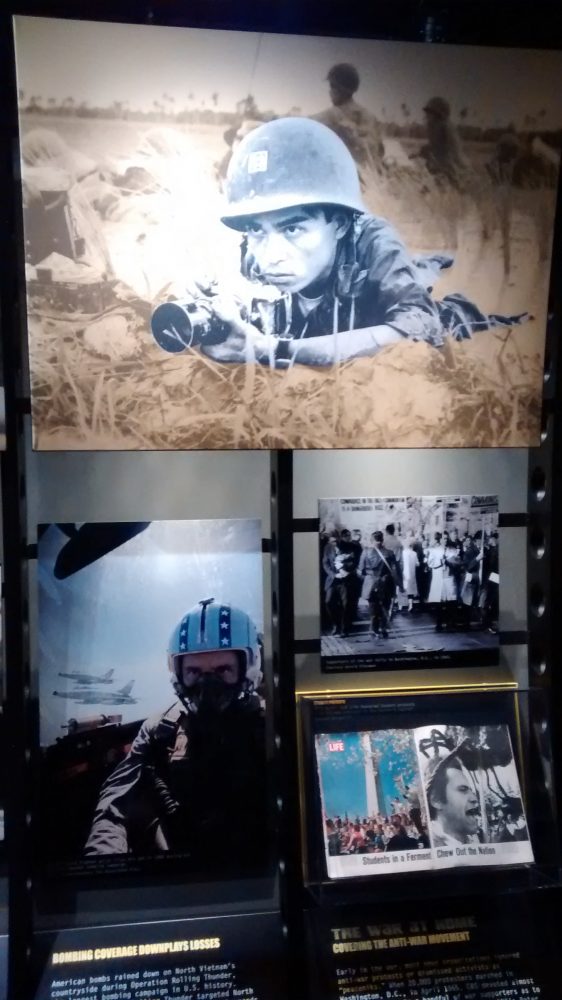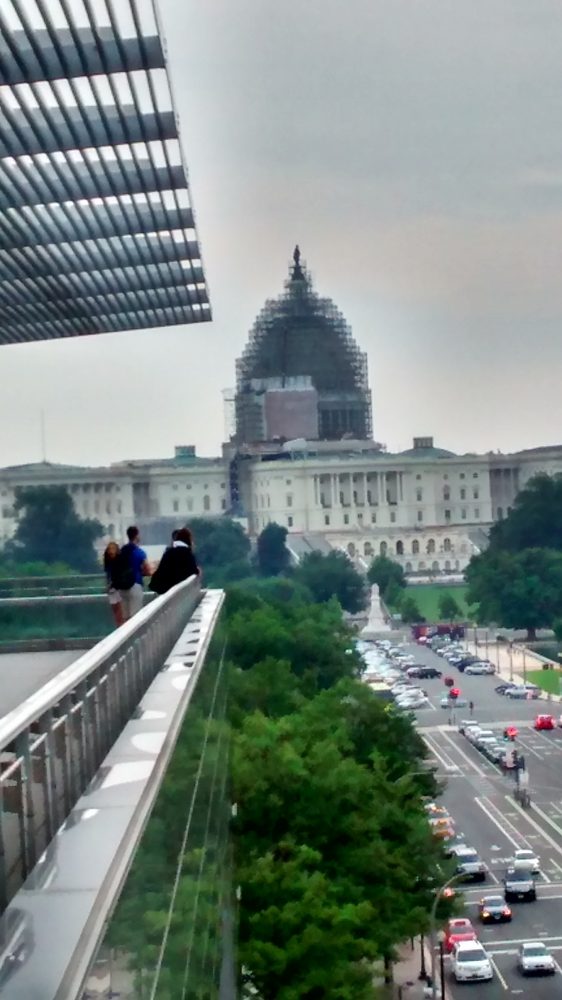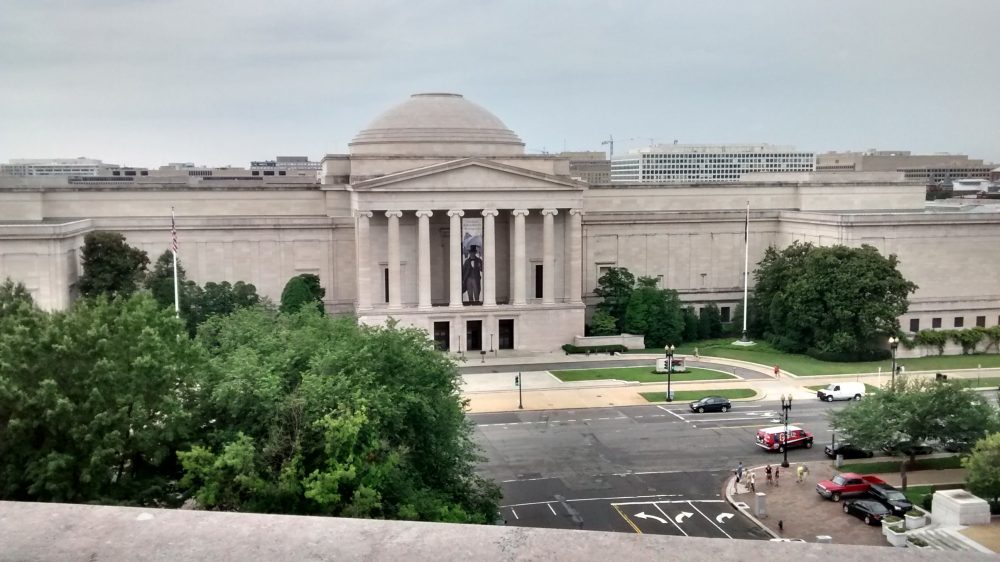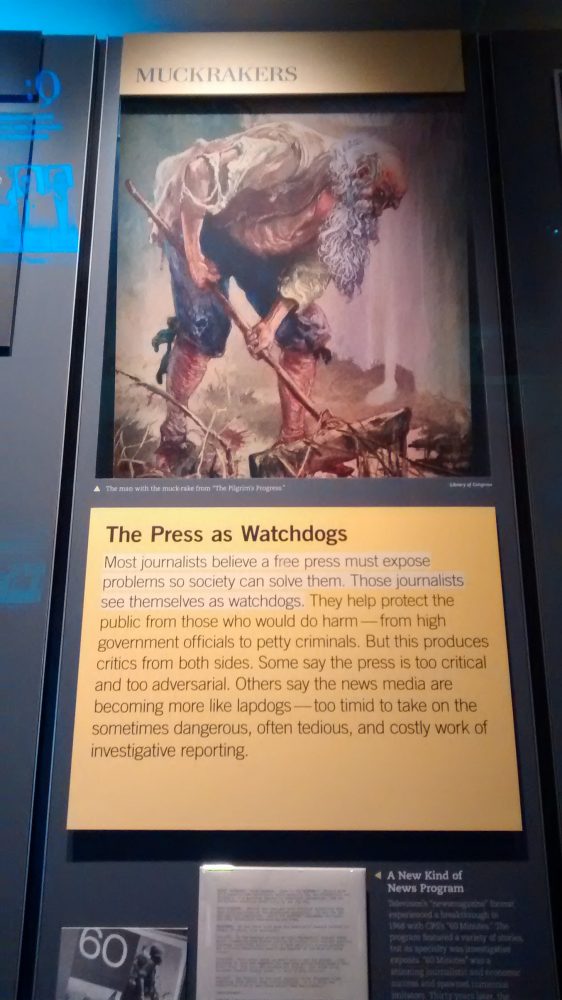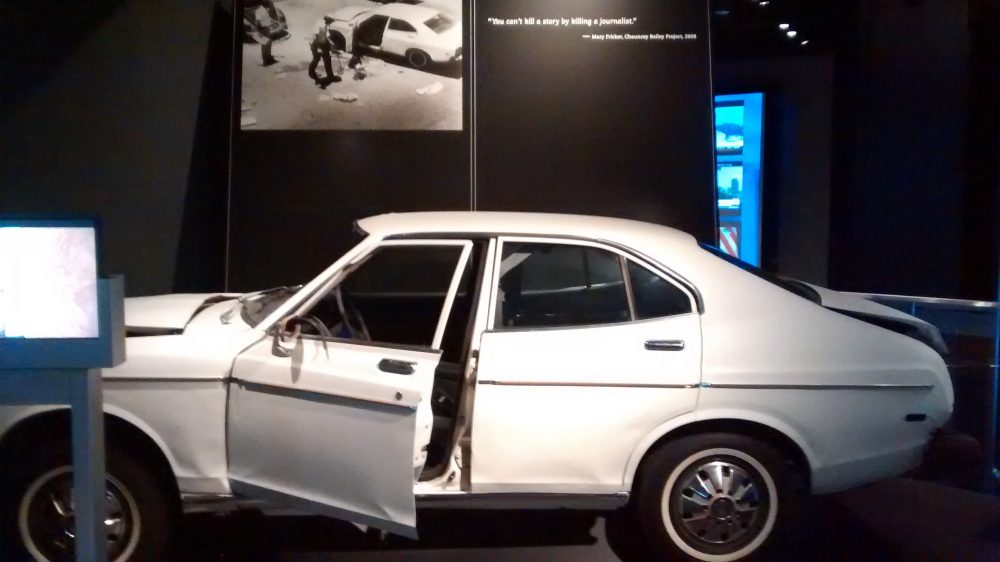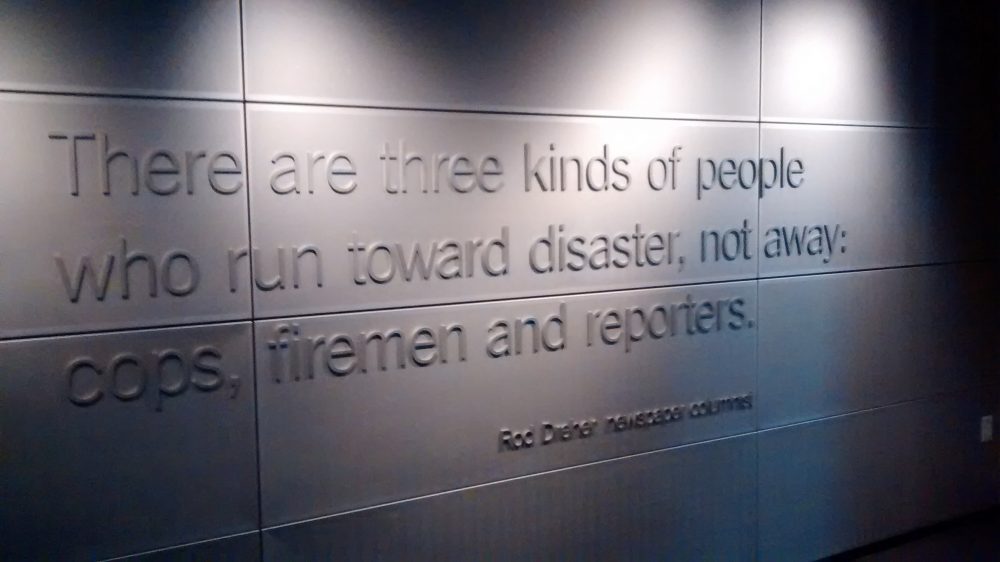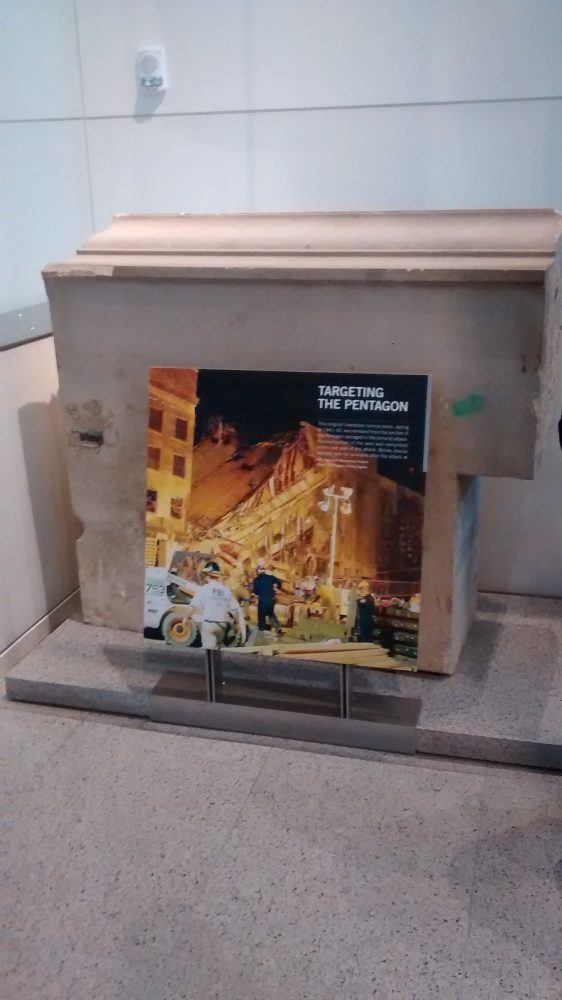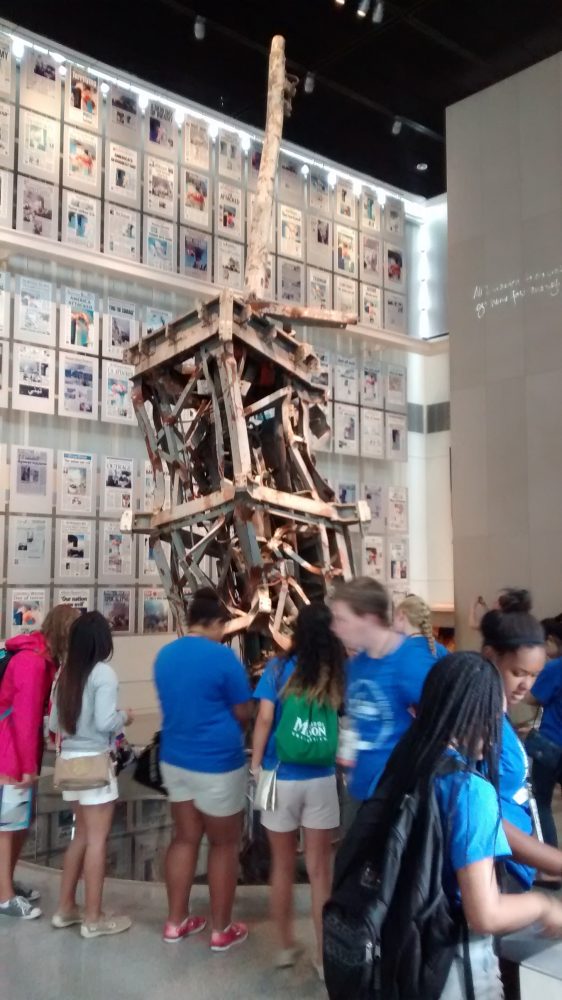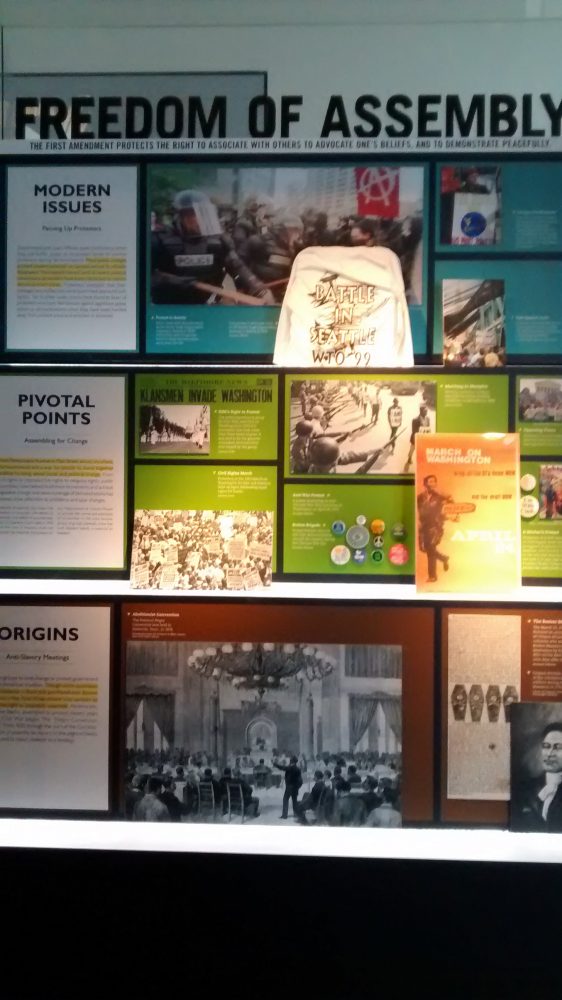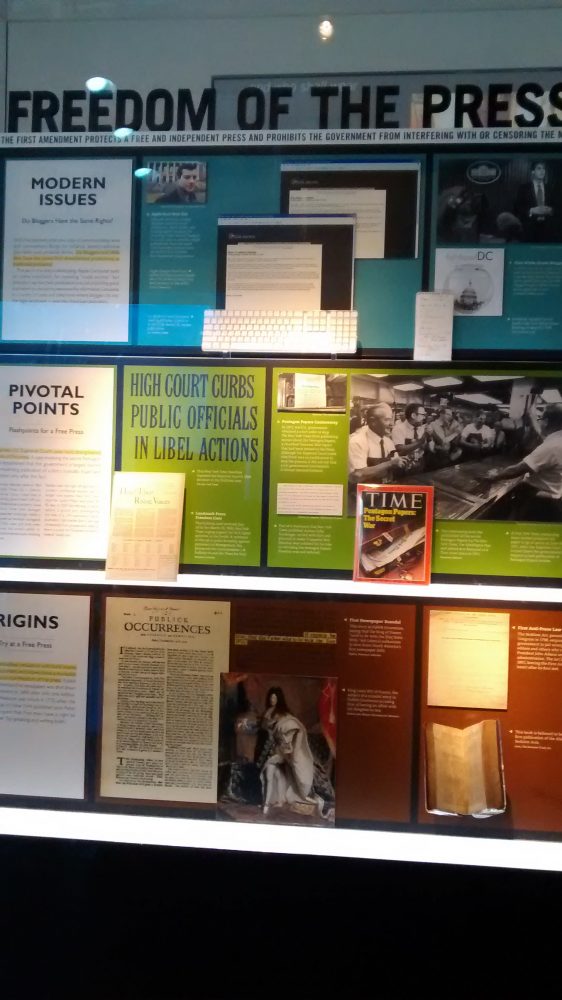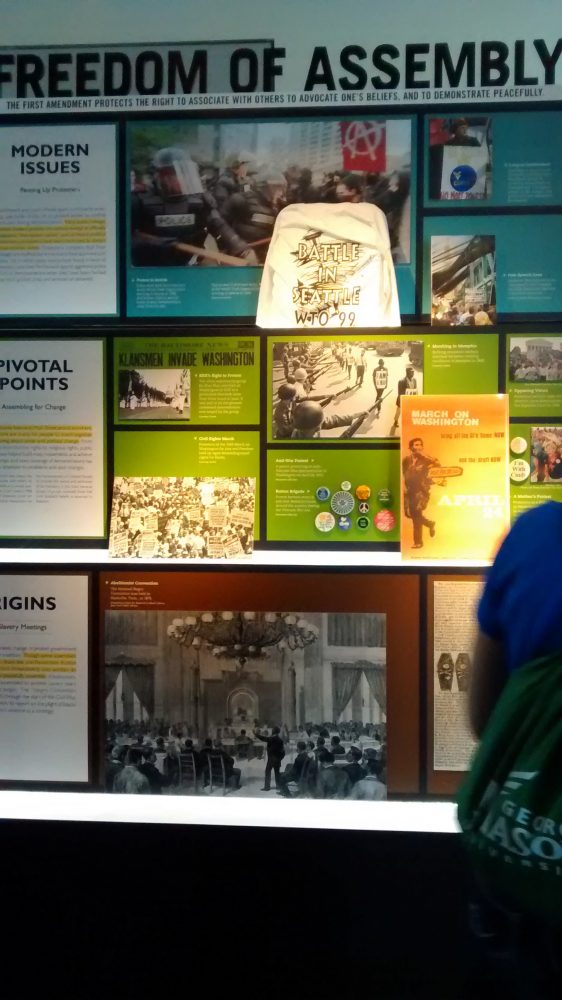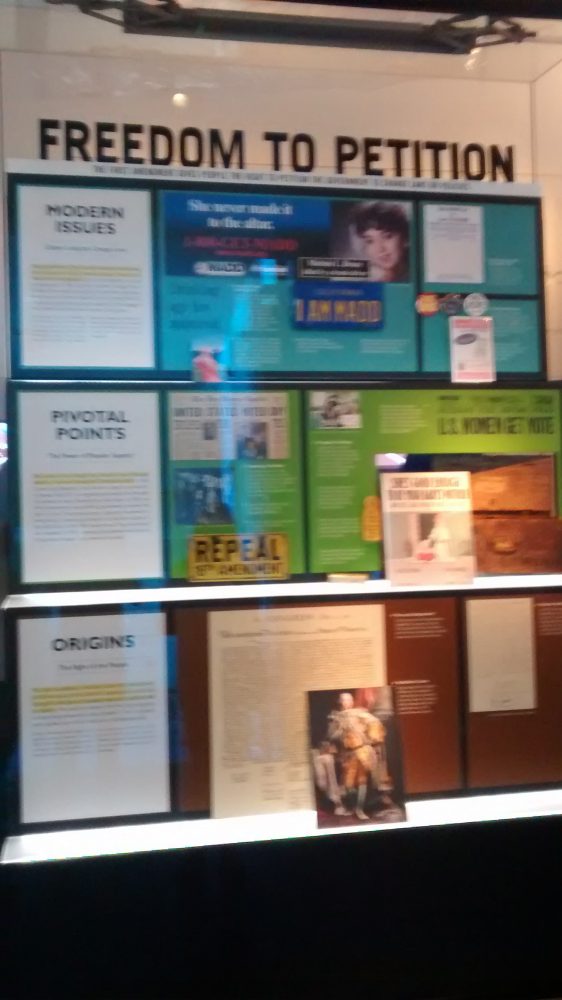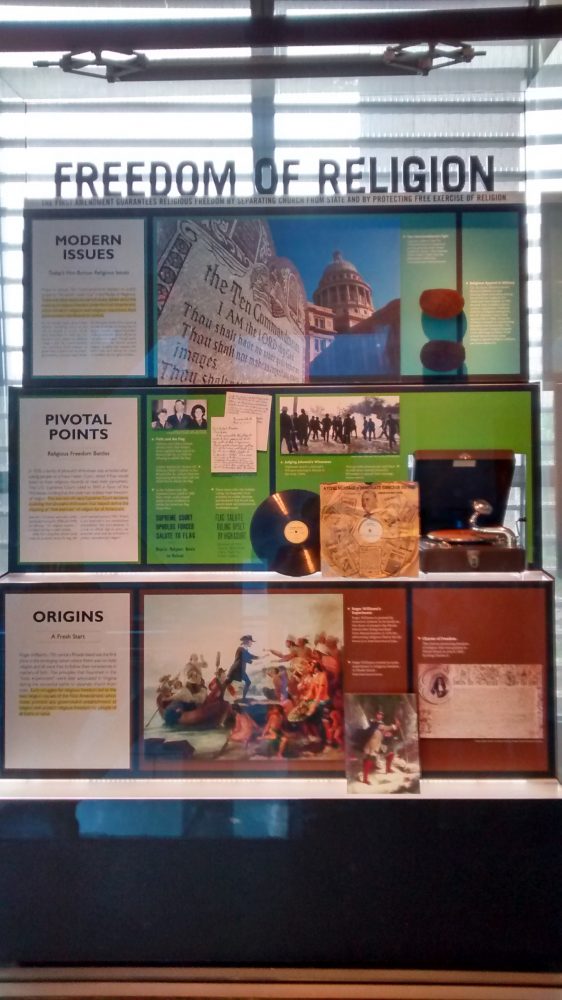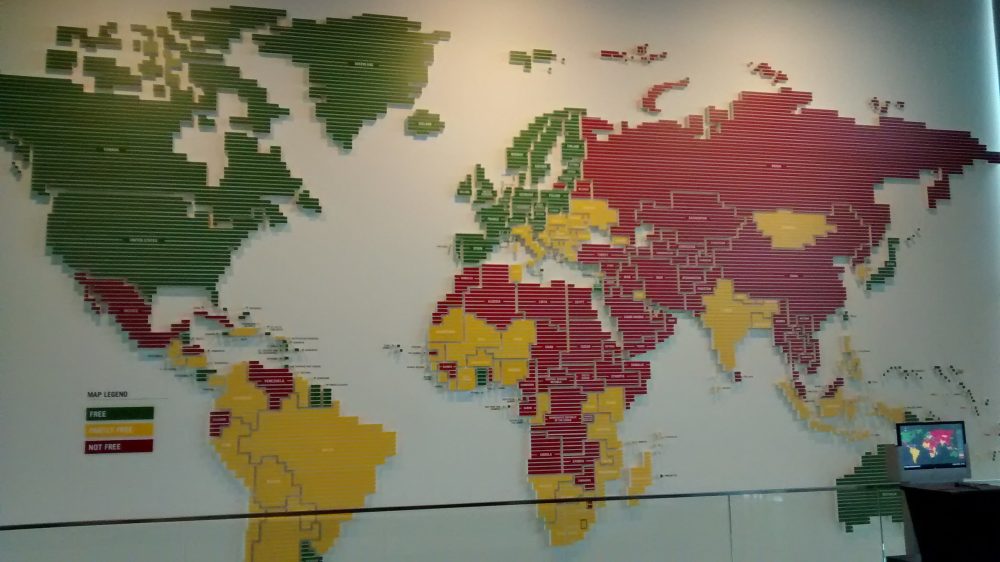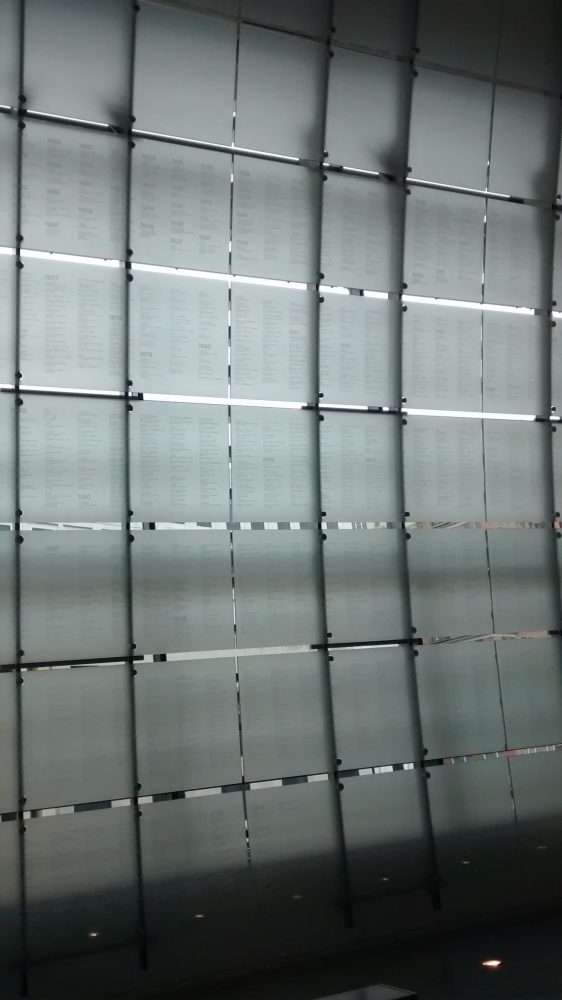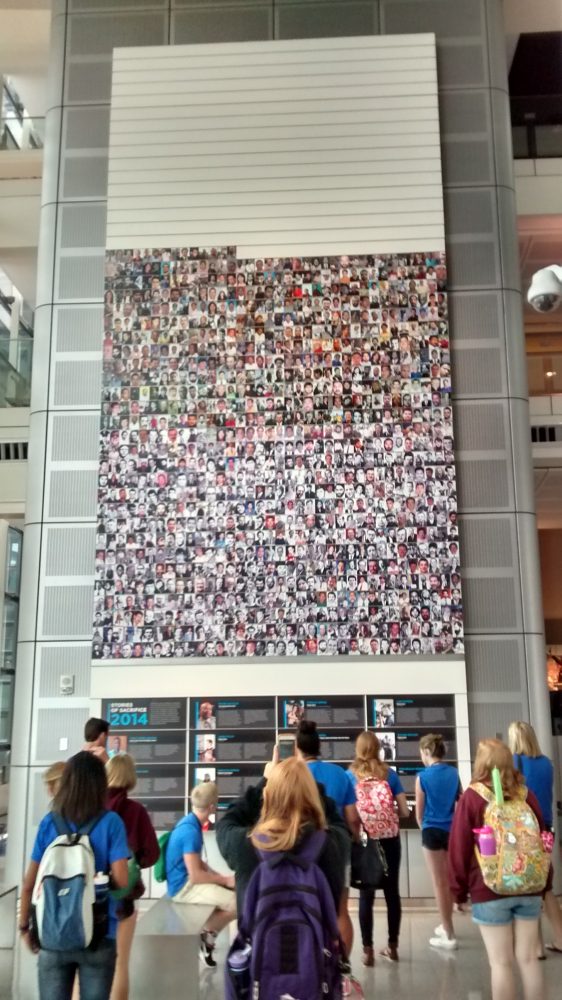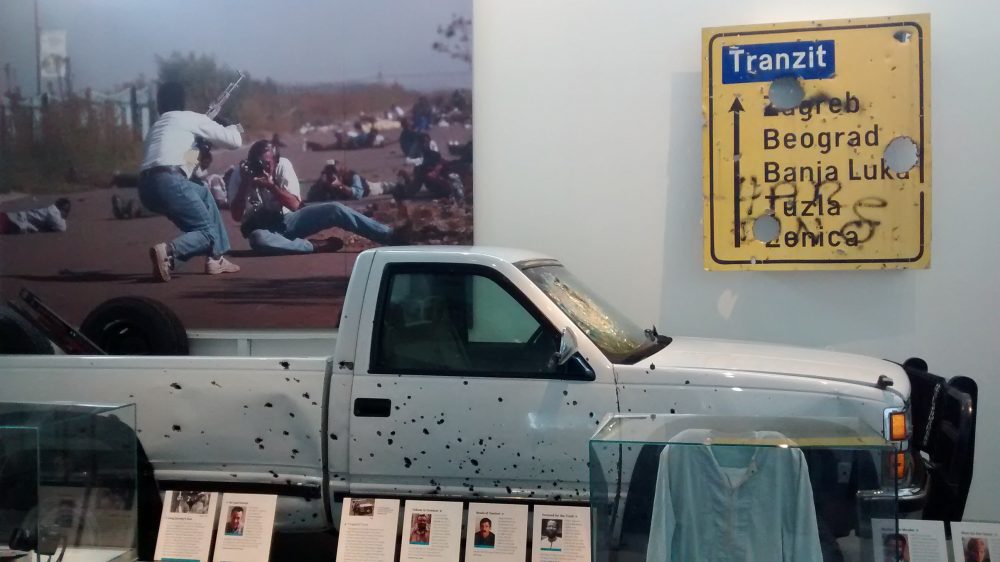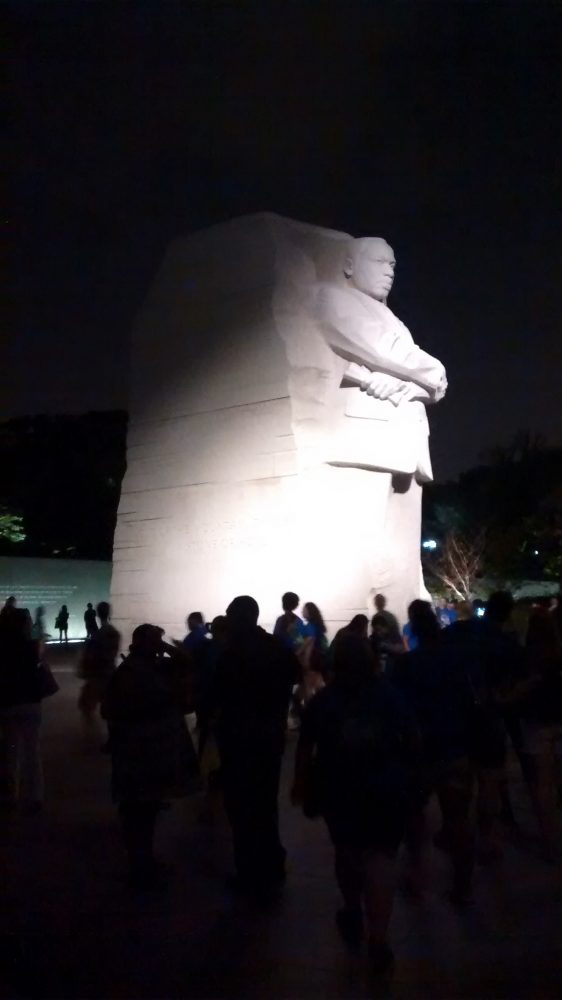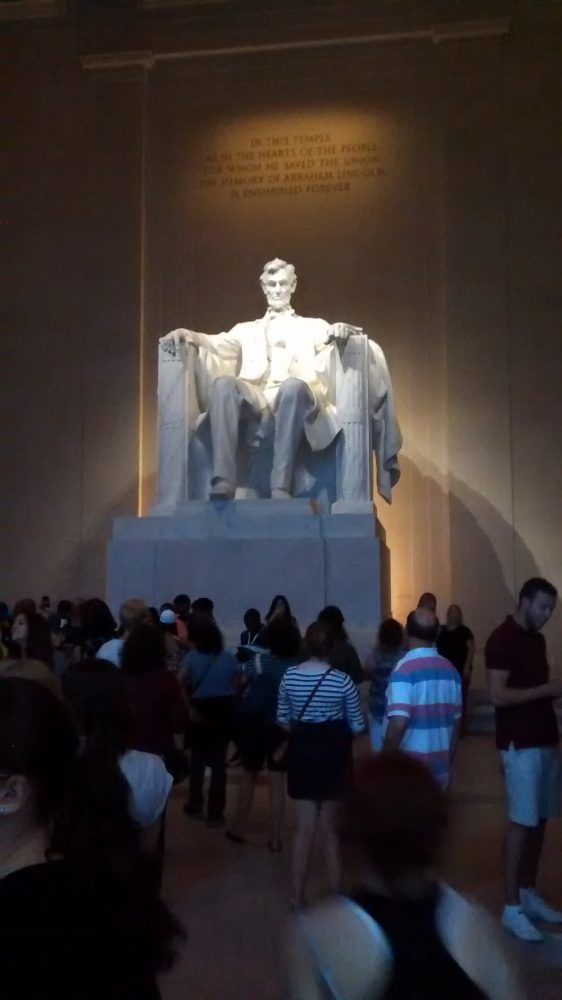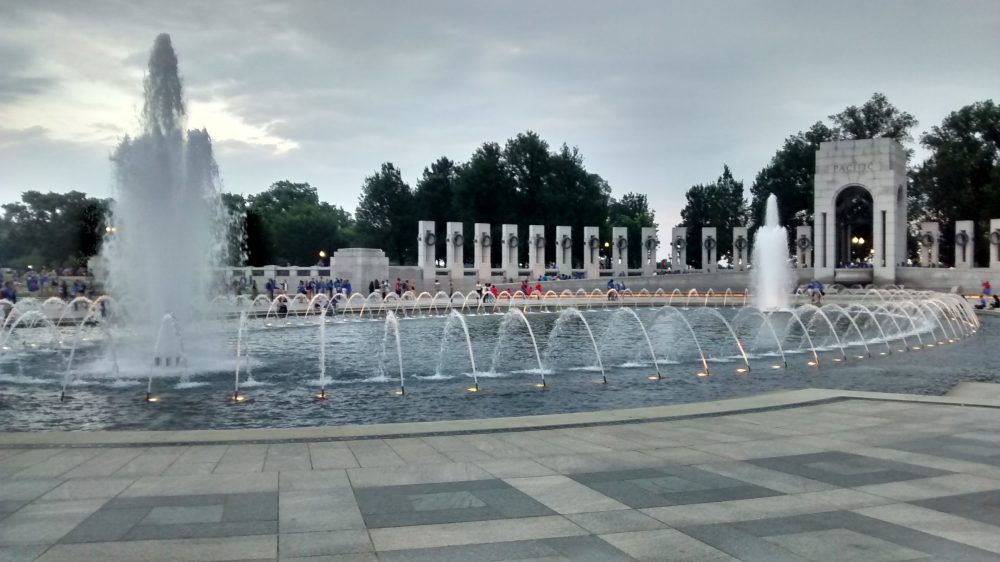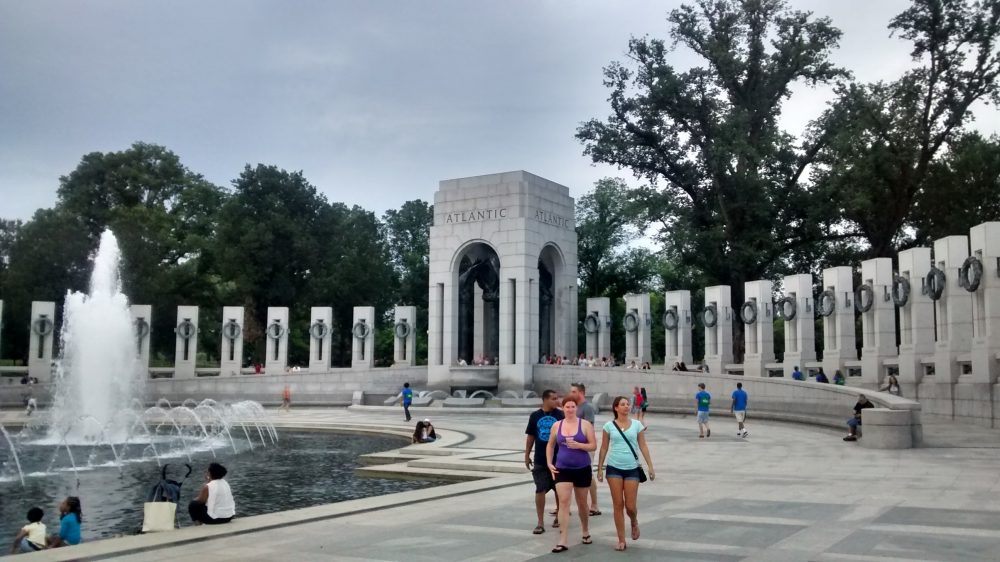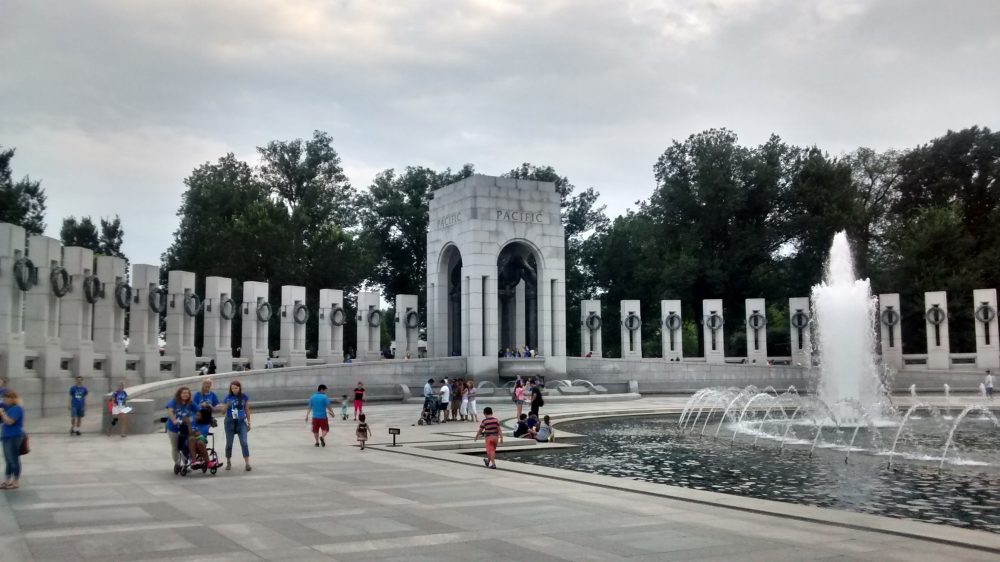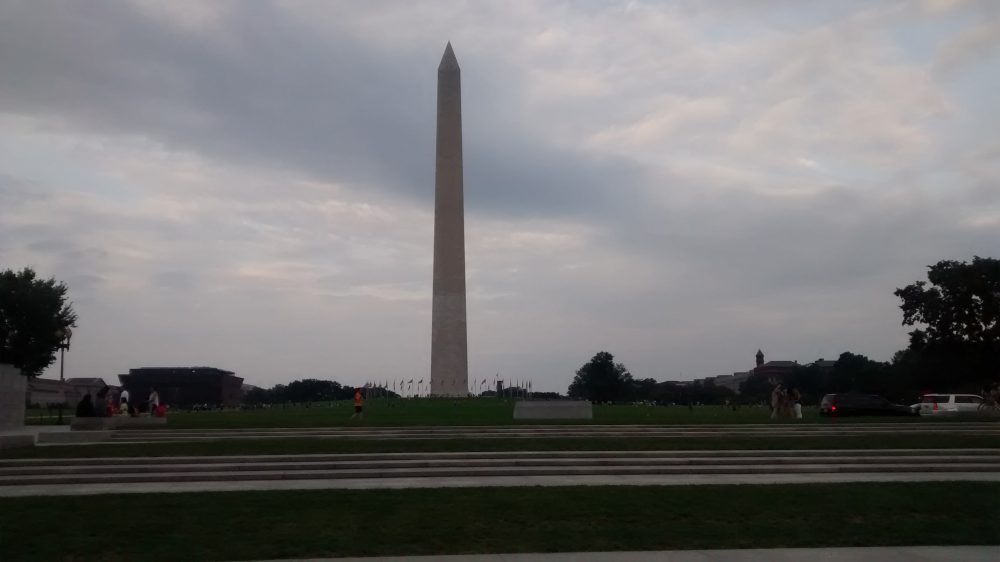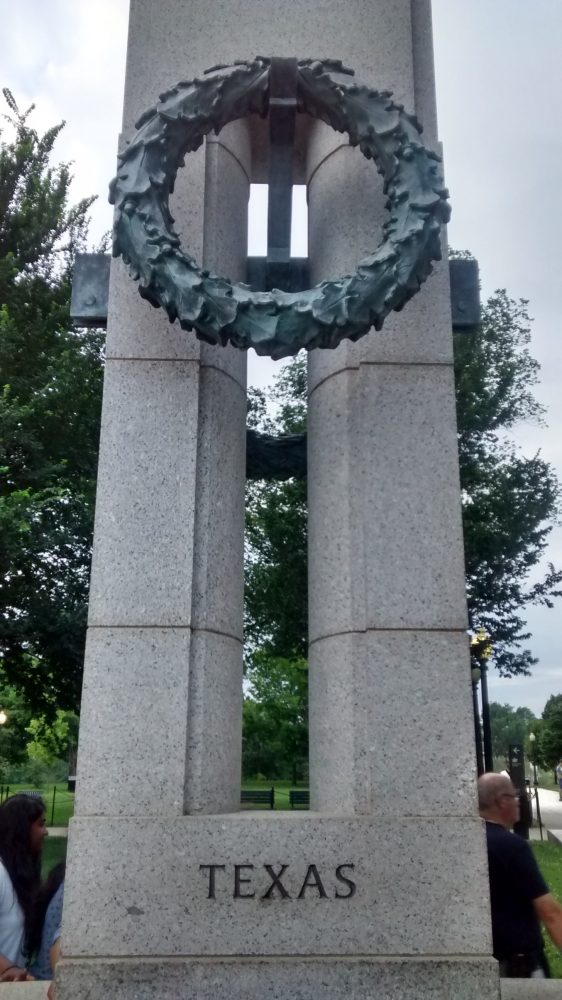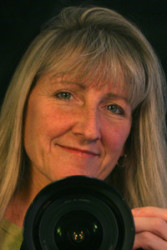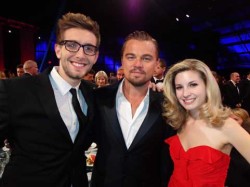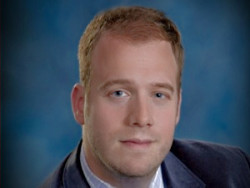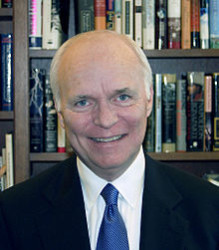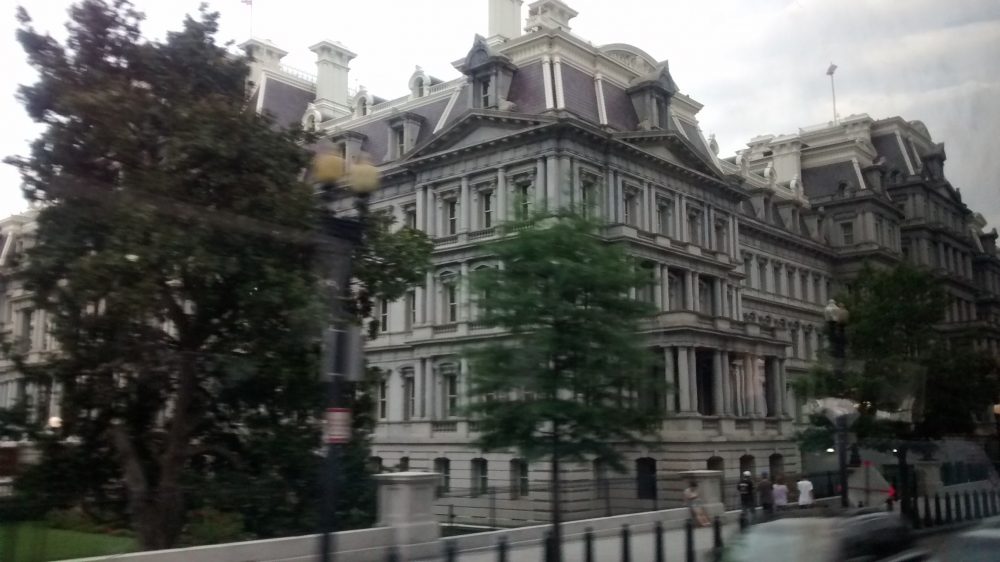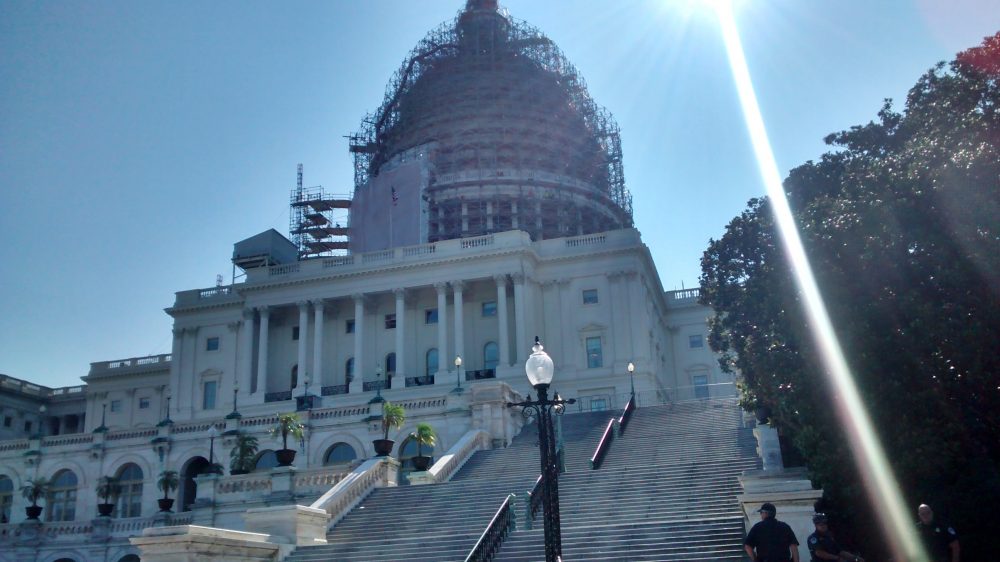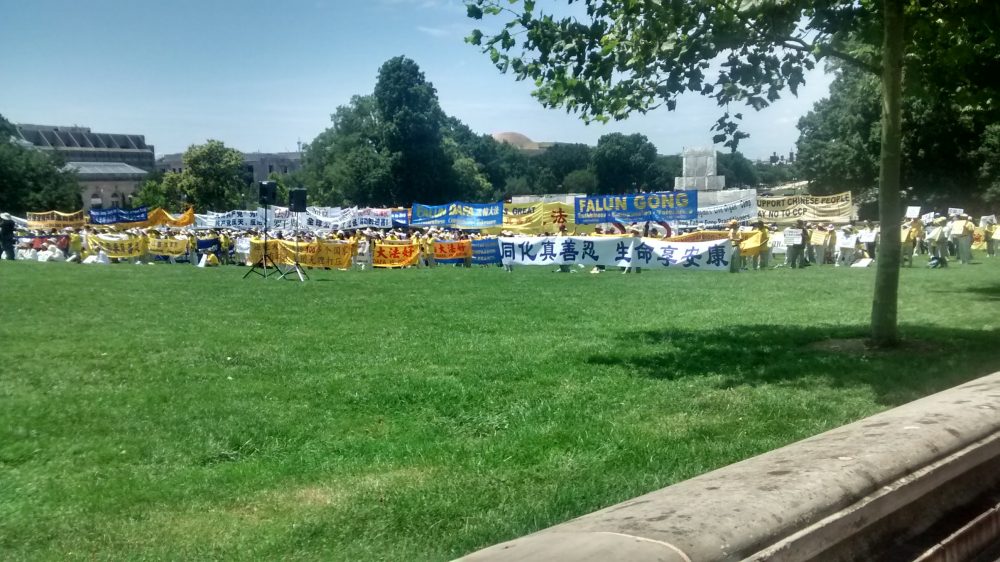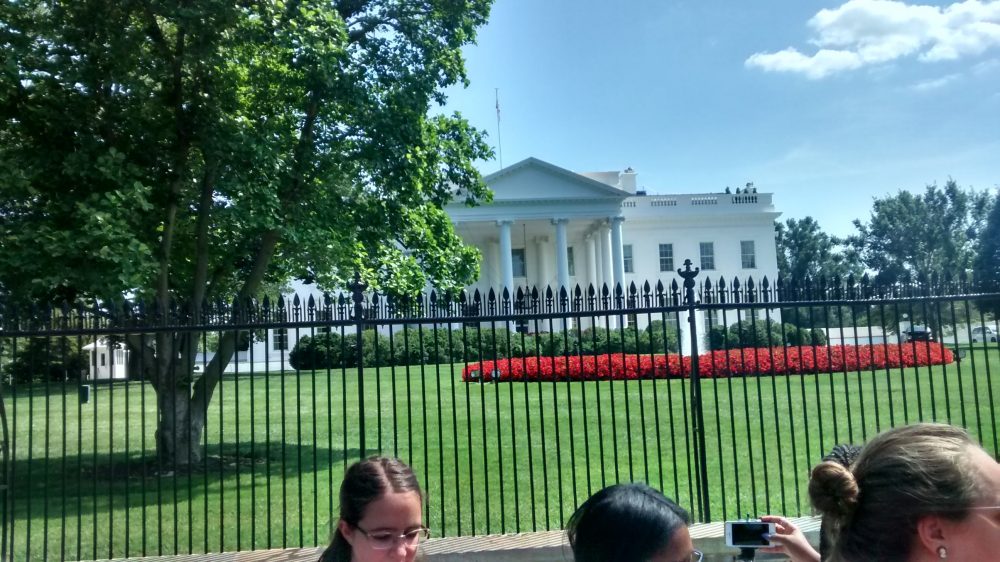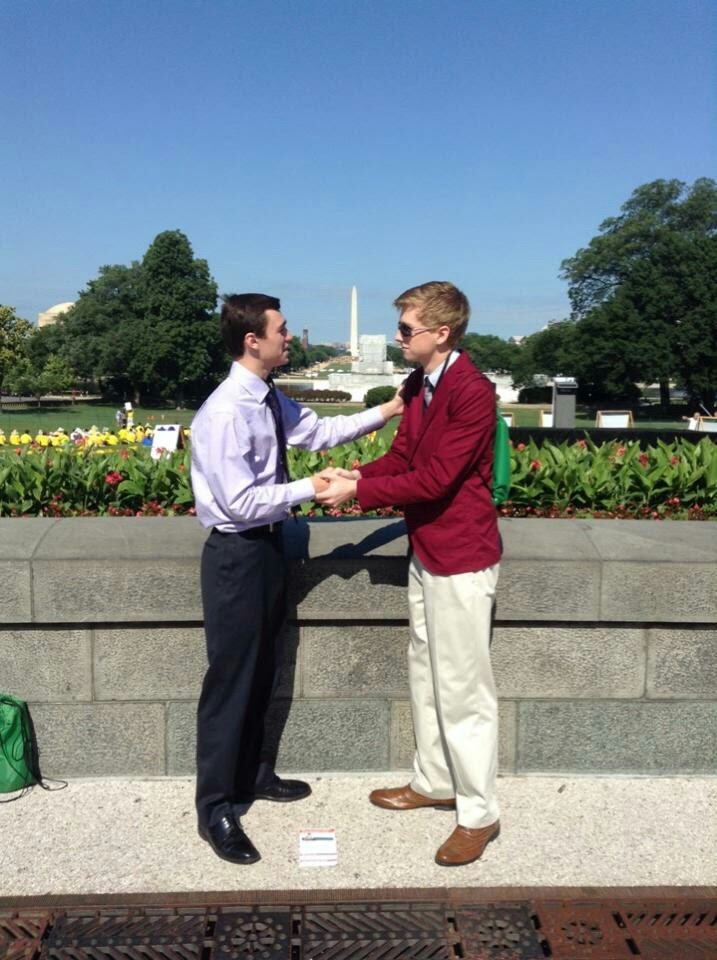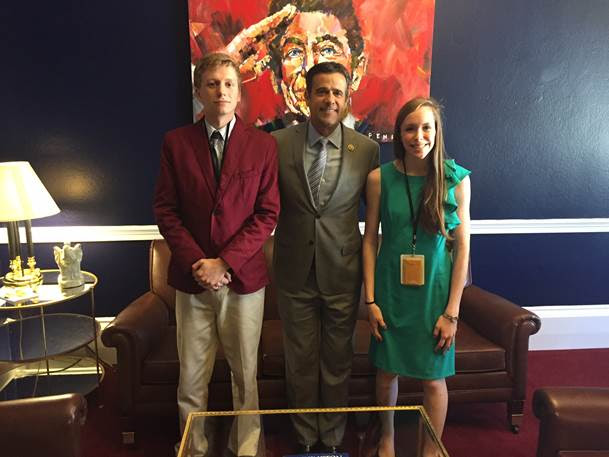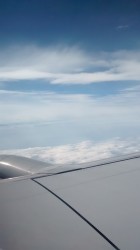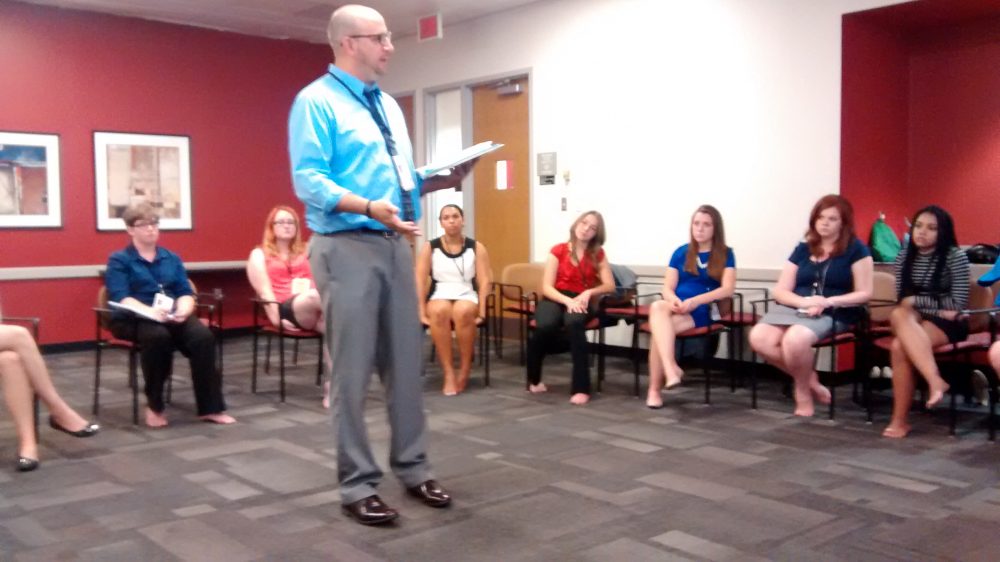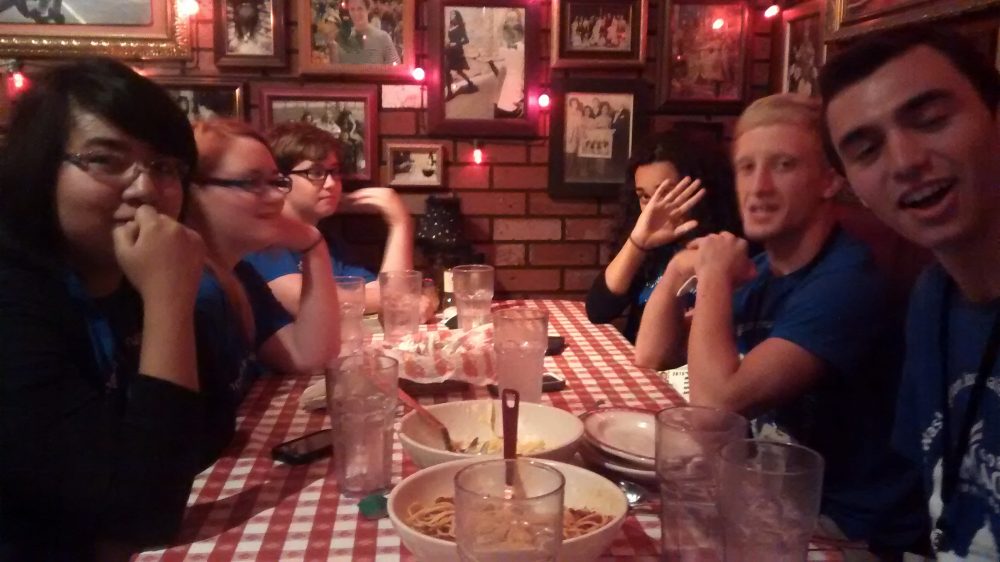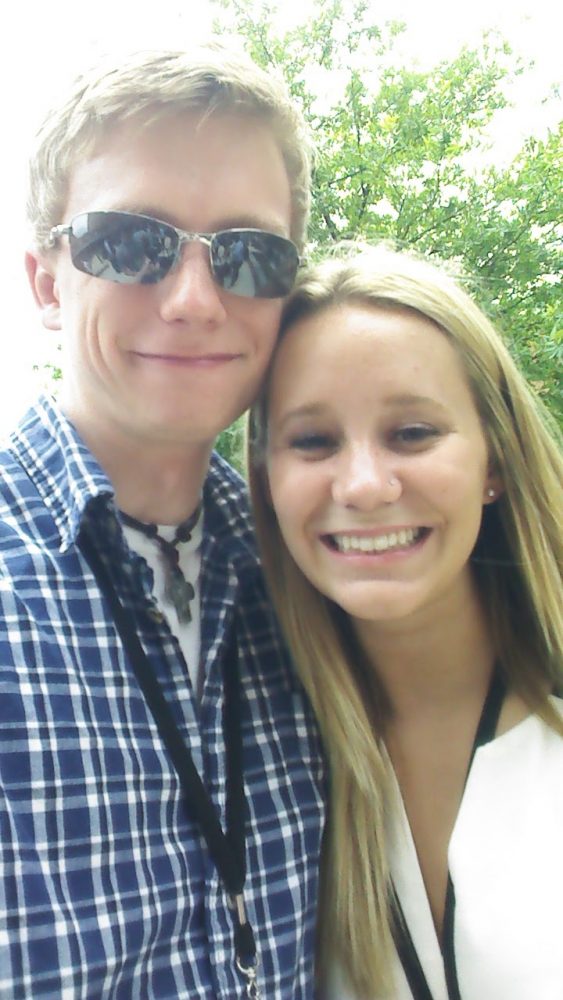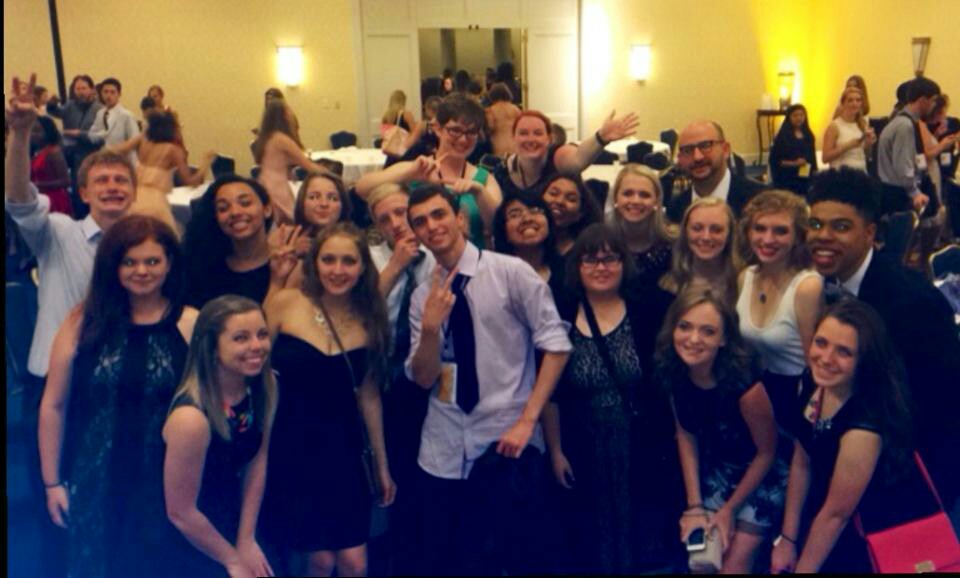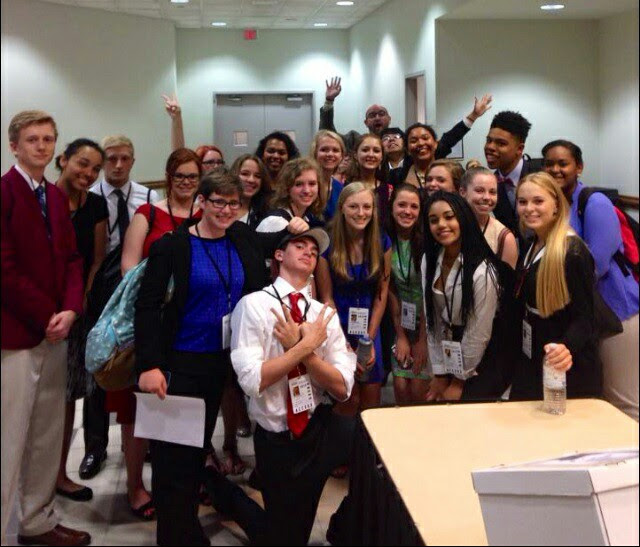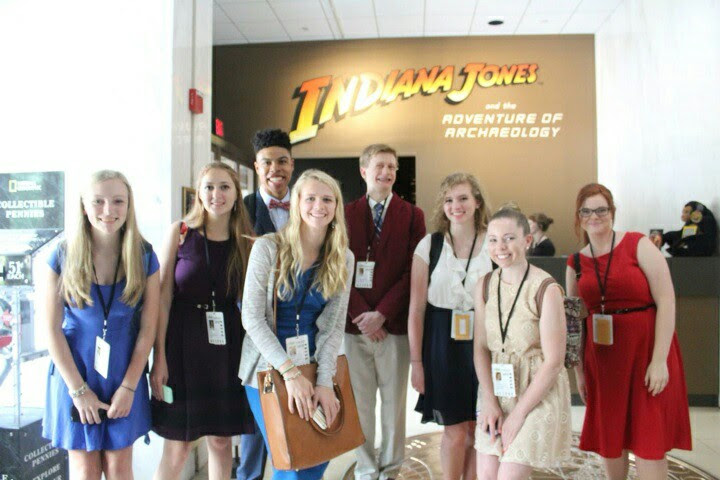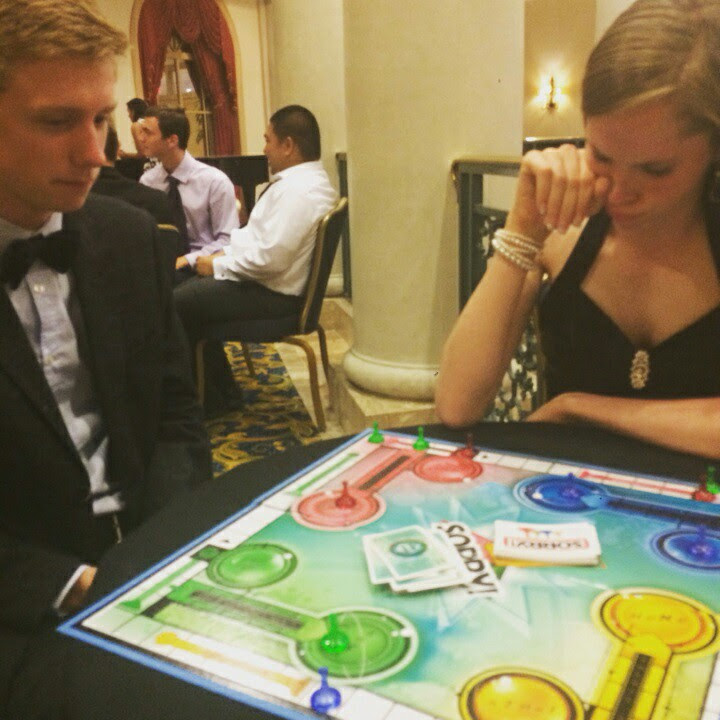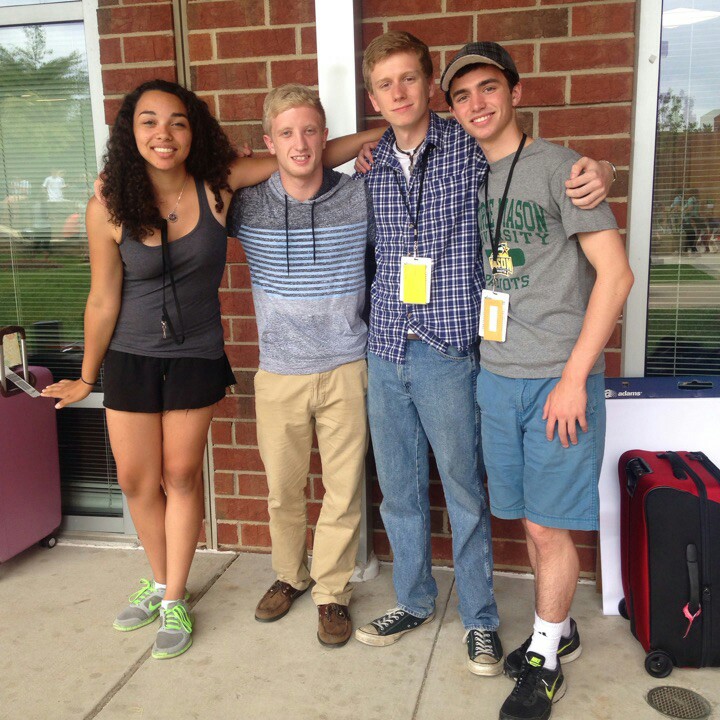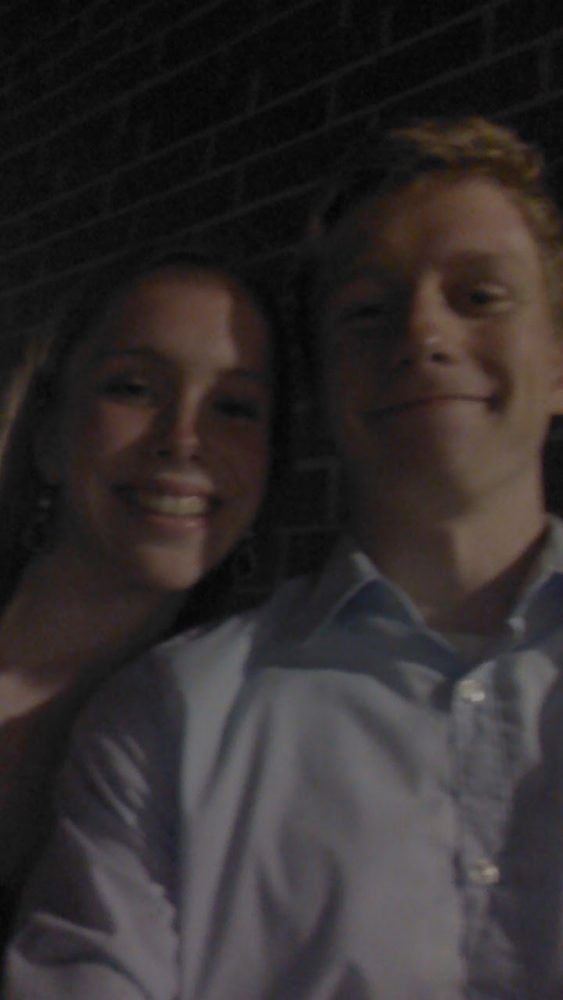This article is a documentation of my experiences at the 2015 Washington Journalism and Media Conference hosted by George Mason University at Fairfax, Virginia on the dates of July 12 through July 17. I have included a Picture Slideshow with personal photos as a dedication to the members of White Lightning, as well as the others I befriended.
Sunday, July 12: Welcome to the Nation’s Capital
My flight to Reagan National Airport departed at 9:00 AM out of Love Field in Dallas, Texas. It was my first time flying on a Commercial Aircraft. Furthermore, it was my first time flying on my own. I flew on Southwest Airlines, which I found to be enjoyable, comfortable, and safe. Unfortunately, there was a camp trip for what appeared to Middle School students which was also heading to DC. These students were on the boarding group before me, which meant all window seats were taken when I finally boarded my flight. I had hoped to indulge a childhood dream of mine, but it seems I would have to wait for the flight home in order to do that. I landed in DCA at 12:55 PM, and found my way through the suffocating crowds to the baggage check, where I ran into other members of the Conference. By the time I had collected my luggage, there were five of us that had gathered at baggage claim. We then left together to Terminal B where we would find the Washing Journalism and Media Conference rendezvous. We waited another hour at the rendezvous while other members of the Conference slowly trickled in. Eventually the entire group had gathered, and we boarded the bus to George Mason University, where the rest of the members of the Conference had already gathered. In all, people arrived by train, plane, and car throughout the day until everyone had arrived. The total number was close to 300 high school students that were nominated for the Conference.
As people arrived, we were given our press passes/ID tags which we were to wear at all times. From this point on, until the end of the conference, we were to refere to ourselves as “National Youth Correspondants”. We were also told our Color Groups (mine being white) and given the keys to our dormitories where we would be staying. There were two people to a suite, with two suites sharing one bathroom. All four of us were from different Color Groups, the reason being to encourage interaction with other Color Group members besides our own. Males and Females were separated to different floors. At 3:30 PM, tours of the Fairfax Campus of GMU took place.
During the tour of the George Mason University Campus, we were introduced to GMU founder George Mason, his statue standing proudly in the center of the campus. In front and behind his statue rested two plaques, which explained the man that the statue represented. According to our tour guide, a senior student at GMU, we were not to step on the plaques, else we be plagued by the Curse of the Statue. The Curse of the Statue goes that whosoever steps on the plaques shall not graduate for four years, a curse which seems to have substantial evidence to support the claim. If one was to step on the plaques, they must rub the big toe of George Mason in order to have the curse removed. His big toe was said to be lucky due to the fact that his big toe once suffered from Gangrene, which he miraculously cured with various home health remedies and diets. According to doctors at the time, such a recovery should have been impossible, thus inspiring Mr Mason to claim the infected big toe to be his Lucky Toe. The Lucky Toe not only removes the Curse, but also grants luck to students who rub it as well. According to our guide, students would wait in line for hours to rub his Lucky Toe during Finals Week, making his statue an icon to be respected and feared. George Mason’s Lucky Toe is as shiny as the day it was first erected, even while the rest of his figure bears the signs of the many passing years.
After the tour was finished, we went to our dormitories and redressed in professional attire for our Opening Dinner and Speaker. At the dinner, we were formally introduced to the Washington and Journalism Media Conference and to George Mason University. Then Nicole Livas of WAVY News spoke to us of her experiences in Journalism and informed us of what to expect in the world of Journalism. A number of students asked her questions about her job and about Journalism before we returned to our dinner. After dinner, we left to our first Color Group Meeting. As previously mentioned, I was a member of the White Color Group, which we renamed “White Lightning”. It was not as clever a name as Maroon 25, the Maroon Color Group which has 25 members, or the cleverest of all – Teal Team Six. There were 23 members of White Lightning, with one Junior Faculty Advisor and one Faculty Advisor, the two acting as leaders of the Color Group. During our first Color Group Meeting, we played an introductory game so that everyone would get to know one another, then we performed an exercise in personal brand building, meaning how we introduce ourselves and how others in the business world would see us. After this, we were informed of the plans for the morrow and given an outline of the rest of the week and were dismissed to our dorms for bed.
Monday, July 13: Journalism in Action
Due to the shower situation, I had to awake at 5:00 AM (as I would continue to do for the rest of the Conference), since breakfast began at 6:15 AM. Luckily I managed to grab breakfast early, since there was only one dining hall for all 300 students. The dining hall was fascinating, with chefs on campus to make food for the students. After breakfast ended, we adjourned to our Color Group meetings at 7:30 AM. At the meeting, we planned for our trip to the Newseum, a museum dedicated to Journalism in America located in the heart of DC.
We arrived at the Newseum at 9:00 AM after an hour and a half long bus ride. The Newseum was the most interesting museum I’ve ever visited. The Newseum had sections on the Vietnam War, 9/11, WWII, The First Amendment, the Evolution of Journalism Equipment, and the most somber of all, a memorial to all the Journalists who have died while doing what they do best. The memorial included a wall of names dating as far back as 1837, as well as photos of those who have yet to be added to the wall. There was a preserved segment of the Berlin Wall, as well as the Antenna of one of the World Trade Center Towers. The most popular section was dedicated to Pulitzer Prize winning photos, which included many graphic images that caused people to cry.
After the Newseum, we went to the Multipurpose Room at Mason Arlington where we sat at a Press Panel on White House Communications with Jamie Smith, the Executive Vice President of Media Strategies, and Michael Shear, the White House Correspondent for the New York Times. They spoke of Political Journalism and the interactions between Journalists and Politicians, and made several funny jokes related to current political events. After the press panel, we had dinner at an Italian restaurant called “Buca di Beppo”, which served family style. I sat with members of my color group and spent an evening filled with good food and laughter. Then, at 7:00 PM came the Twilight Monument Tour. On this tour, we visited the WWII Memorial, the Washington Monument, the Lincoln Memorial, the MLK Memorial, and the FDR Memorial. Finally we returned to our dorms at 11:00 PM and went to sleep after an exhausting day, one of more to come.
Tuesday, July 14: Journalism in the Capital City
Breakfast and Color Group meeting went similar to the previous day. At 10:00 AM, we went to the headquarters of National Geographic for a keynote speech from Susan Goldberg, the Editor-in-Chief of National Geographic Magazine & News. During her keynote speech, she spoke of the power of visual storytelling and the connection between smartphones and NatGeo. Also, during her speech, she mentioned the five things all journalists must be aware of, whether working for NatGeo or not. These five things were the Make a Difference, Do What Others Can’t, Be Part of the Conversation, Act Urgently, and Know Who You Are. Then we were allowed a tour of the NatGeo Indiana Jones exhibit and the Big Fish exhibit.
After NatGeo, we arrived at the National Press Building in downtown DC at 1:50 PM where we listened to press panels of the National Press Club. The first panel consisted of Moderator Michael Sandler, the Director of Strategic Communications, Jennifer Bendery, a Congressional Reporter of the Huffington Post, and Richard Wolf, the Supreme Court Correspondent of USA Today. The two Reporters recalled events during their careers in Political Journalism and gave us a general idea of what Journalists will face in the world of politics. They commented on how certain people are willing to throw others under the bus and do what it takes to beat others to the story. They also taught us that all the education in the world will only help so much if you lack real experience. After they left, the second panel began with Sonya Ross, the Race and Ethnicity Editor at the Associated Press. In her panel, Ross spoke of the Racial and Ethnic aspects of Journalism as well as Urban Affairs Reporting and post 9/11 Journalism. She emphasized to us the foolishness of joining Journalism for selfish reasons, as it is a profession lacking in reward or recognition, except to the distinguished few.
We then returned to GMU for dinner at 5:45 PM, then at 7:00 PM we entered the Dewberry-Johnson Center at GMU for the Sports Panel, which consisted of Moderator Maureen Nasser, the Associate Athletic Director at GMU, Mike Foss, the Managing Editor of “For The Win” at USA Today, Phil Murphy, the Digital Producer of ESPN, and Lindsay Simpson, the Multimedia Reporter of DC United. The panel talked about the importance of fans in the sports market, as well as how trends affect advertisements of sports, and discussed the matter of paychecks received by college athletes. They taught us about how revenue determines media coverage and athlete pay in sports, how bias reporting is ok as long as it’s covered by the “home” team journalists during a game, and how universities are having a harder time keeping sports programs together and how sports scholarships are harder to obtain now than ever.
After this panel, we went to our Color Group Meetings at 9:00 PM where we discussed the day’s panels and did more journalism exercises before retiring to bed at 11:00 PM.
Wednesday, July 15: Your Career in Journalism
The entirety of this day was spent on the GMU campus, allowing more time for activities without extensive traveling as in the previous days. After breakfast and our morning Color Group meeting, we entered the Dewberry-Johnson Center at 8:30 AM for a panel by David Culver, a Reporter from NBC Washington, on Rediscovering Cuba: A Journey Home. Culver showed a video on he and his family’s return to their home in Cuba, where his Grandmother used to live before escaping to America. He toured with his family around the island country, visiting all the places his grandmother used to go, including where his grandparents met, where his grandfather worked, where they used to live, and even reunited his grandmother with her sister who stayed behind. After this, we went to our fifth Color Group meeting where we emotionally prepared ourselves as best we could for our next panel at 10:30 AM: the four time Pulitzer Prize winning photojournalist Carol Guzy.
Guzy is one of four people to win four Pulitzer Prizes. Guzy covered such events as the fall of the Berlin Wall, Hurricane Katrina, the military intervention in Haiti, the mudslide in Armero, Kosovo, and the Haitian Earthquake, among many other events. She spoke of how she came to be a photojournalist and the difficulties she faces with her job. She then showed us a montage video of all the powerful photos she has taken throughout her career, with most people beginning to cry at the pictures of the animal rescue efforts after Katrina, including myself. It quickly became obvious which ladies were not wearing water-proof mascara.
After Guzy’s panel had finished and we had dried our eyes and eaten lunch, we went to our sixth Color Group meeting at 1:30 PM for a simulation exercise. The exercise would simulate a press conference on First Amendment rights of journalists during the Ferguson riots. Each student was assigned a role and a personality to take on during the simulation. I was assigned to be a member of the St. Lois Post Dispatch and my personality was to be frantic and in a hurry to get the story written as soon as possible. Other roles were the Ferguson Mayor, City Manager, Police Chief, and Press Secretary. There was also the Executive Director of the American Civil Liberties Union, and ACLU Press Secretary. Various press groups were KMOV 4, St. Lois Post Dispatch, KARG Radio, The Washington Post, WFMY News 2, BuzzFeed, Fox News, the Associated Press, and Al Jazeera America. There were moments were the press conference proved to be frustrating, but it was still an enjoyable experience. I took an audio recording of the press conference to use when typing the simulation article. The recording is below.
To take a rest from Journalism, at 4:00 PM we entered the GMU Cinema-Johnson Center for a speech from Amy Takayama-Perez, the Dean of Admission at George Mason University. She spoke of the process of college admission, tuition, the pros and cons of college and how to decide which college to attend, and other such related topics. Many students took the time to have questions answered about life after high school and for many people; it lifted a weight off our shoulders.
We then returned to the Dewberry-Johnson Center at 5:00 PM for the Entertainment Journalism panel with Kevin McCarthy, and Entertainment Reporter and Movie Critic for Fox News and the youngest panel member of the Conference being in his early-to-mid-twenties. His panel was unusual in that he spoke to us via a Skype call from Spain. He proved to be the most humorous of all the panels, telling stories of his interactions with famous actors and directors. He recalled how he got his job after receiving a job offer while he was dressed in a Washington Wizards cheerleader outfit. During his Q&A session, one female student asked him to her high school Prom, to which he said “yes”, causing much cheering and applause. Another student asked him for an internship offer to which he agreed, so long as the students make it to college. He proved to be a favorite to the ladies of the Conference.
Then at 7:30 PM came the unique Career Exploration Session. This Session was devised to allow students to choose from a number of Journalists from all different fields to attend their press panels. I chose Ian Bush, an Anchor, Reporter, and Editor of KYW News Radio and CBS Radio News. He worked in the same modem of Journalism as I am, which is why I chose to attend his panel. Bush spoke of the Economy of Language, which means having to decide how long to speak, how to decide what information is most important to report, and how long to speak within a short amount of time. He also spoke about voice-over operations and the evolution of the radio station business. His panel was the one in which I was the most interactive, as the Career Exploration Panels were all fairly small given the diversity of options available.
Then at 9:00 PM we attended our seventh Color Group meeting and discussed our different panels as well as our thoughts on Guzy and McCarthy. We finally retired to sleep at midnight.
Thursday, July 16: Exploring D.C. and a Celebration
This was the last full day of the Conference. Breakfast was short, only beginning at 6:00 AM and lasting only half an hour. We then immediately boarded the buses and departed to Mason Arlington for a panel with Brian Lamb, the Executive Chairman of C-SPAN. Deciding to switch things up, Brian Lamb chose to ask us the questions instead of the other way around. The purpose of this was for us to learn of our current involvement and aspirations in Journalism, how Journalism has effected the youth and to see what we plan to do for the future of Journalism. He spoke of C-SPAN’s involvement in political coverage and how it has changed over the years. During his panel, I learned of the existence of The Journalist’s Creed.
———————————————————————————————————————————————————————————————-
The Journalist’s Creed
I believe in the profession of Journalism.
I believe that the public journal is a public trust; that all connected with it are, to the full measure of responsibility, trustees for the public; that acceptance of lesser service than the public service is a betrayal of this trust.
I believe that clear thinking, clear statement, accuracy and fairness are fundamental to good journalism.
I believe that a journalist should write only what he holds in his heart to be true. I believe that suppression of the news, for any consideration other than the welfare of society, is indefensible.
I believe that no one should write as a journalist what he would not say as a gentleman; that bribery by one’s own pocket book is as much to be avoided as bribery by the pocketbook of another; that individual responsibility may not be escaped by pleading another’s instructions or another’s dividends.
I believe that advertising, news and editorial columns should alike serve the best interests of readers; that a single standard of helpful truth and cleanness should prevail for all; that supreme test of good journalism is the measure of its public service.
I believe that the journalism which succeeds the best-and best deserves success-fears God and honors man; is stoutly independent; unmoved by pride of opinion or greed of power; constructive, tolerant but never careless, self-controlled, patient, always respectful of its readers but always unafraid, is quickly indignant at injustice; is unswayed by the appeal of the privilege or the clamor of the mob; seeks to give every man a chance, and as far as law, and honest wage and recognition of human brotherhood can make it so, an equal chance; is profoundly patriotic while sincerely promoting international good will and cementing world-comradeship, is a journalism of humanity, or and for today’s world.
———————————————————————————————————————————————————————————————-
After Lamb’s panel, we travelled to Capitol Hill where we took at WJMC Group Photo and then began a tour of the Mall. At this time is also when people who had scheduled meetings with congressional representatives and senators would make their way to their congressional building at the appointed time. My meeting was with Congressional Representative John Ratcliffe at 11:00 AM. As a requirement, we were to be accompanied by at least one other Youth Correspondent at all times. My meeting with Representative Ratcliffe was accompanied by a fellow Youth Correspondent. I met him in the Cannon House Office Building and spoke with him about my concerns on standardized testing and its effect on the public education system. My concerns were primarily focused on the adverse psychological effects it has on both students and teachers.
For many students, it can feel as if your entire future is riding on a single test. Any failing grade on an important test can convince a student that their future has now been ruined beyond repair. The ACTs, SATs, AP Exams, and state mandatory EOCs can become stressful enough to induce fits of crying, and in some cases, can create enough stress to cause student’s hair to turn grey at the roots. For teachers, their entire job depends on the grades of their students. Their effectiveness as educators rides on the hope that students will pass. Even if a students is not a good learner, the teacher’s job can still be put at risk for something they can not control. Furthermore, by testing all students on the same level, you promote conformity to a constant standard that doesn’t encourage students to branch out and find their potential. It forces students who are academically ahead to be dragged back to a level that restrains them, and for those struggling in school, it presents them with a barrier they may not be able to overcome. Luckily, Representative Ratcliffe felt the same way. He pointed out that as a high school student, he himself never had to take standardized tests and feels that his academic experience was for the better because of it. Also, as a father of two children, he dislikes standardized tests for the same reasons that I dislike them.
He informed me that Congress recently passed an Act that would grant more control over standardized testing to the states. Also, according to the Representative, Republicans in Congress are working towards disassembling the Federal Department of Education and to instead have separate State Departments of Education in order to ensure that each state can supply the best possible education to their respective students, instead of having an overall constant on which to measure and judge the intelligence of children. We spoke some more on the issue before he had to leave for a meeting with other Representatives.
After my congressional meeting, I toured the rest of the Mall with several other members of the Conference, even becoming an official card holder for the Library of Congress as a minor. Eventually, at 2:45 PM, we returned to the GMU campus in order to get ready for the WJMC Gala at 7:00 PM.
.
The WJMC Gala was held at the Westfields Marriot. We enjoyed elegant dinner as we recognized the people who made the Conference possible and spoke between each other until dinner and dessert was finished. Then we danced until 11:00 PM when we returned to the GMU Campus and slept in our dorms for the last time.
Friday, July 17: WJMC Farewell
Breakfast on Friday morning was bittersweet for everyone at the Conference. Our last Color Group meeting at 7:45 AM was emotional as we all said goodbye and shared our favorite parts about the Conference. The closing ceremony was at 8:45 AM where we were congratulated on our time at the Conference, told how to apply the WJMC to our college transcript and were informed that each of us was added to the WJMC Alumni Association. The crew of the Conference also said goodbye to each of us and we said our goodbyes to our Junior Faculty Advisors and Faculty Advisors. We checked out of our dorms at 10:00 AM and shuttles to the airports began to depart. My shuttle departed at 1:00 PM, the last shuttle. I said my goodbyes to those who would not be flying out of DCA. As I made my way to my gate, the group of friends who also flew out of DCA began to fall away as we each went our separate ways to our flights. When I reached my gate, there were only two other friends with me at that point and one soon left for their flight. My flight back to Love Field departed at 4:10 PM. Just before boarding, I said goodbye to the last friend who was able to accompany me until I boarded my flight. Up until this point, I had been in a state of denial about the Conference finally ending. I never felt the gravity of its conclusion until this final goodbye just before boarding my flight. In a sense, I was saying goodbye to more than just this last friend. I was saying goodbye to the Capital, to George Mason University, to the people that I most likely will never see again. It was the hardest goodbye I’ve ever said. Then I boarded my plane.
Luckily I was able to secure a window seat this time.


